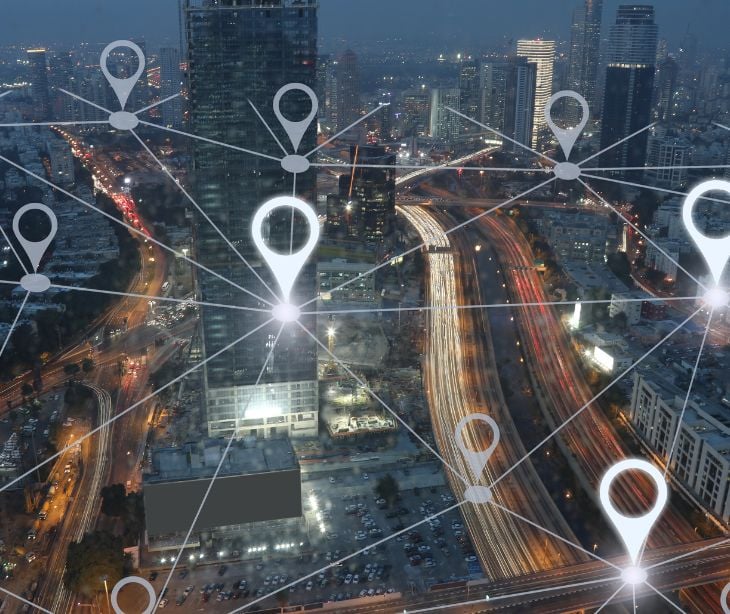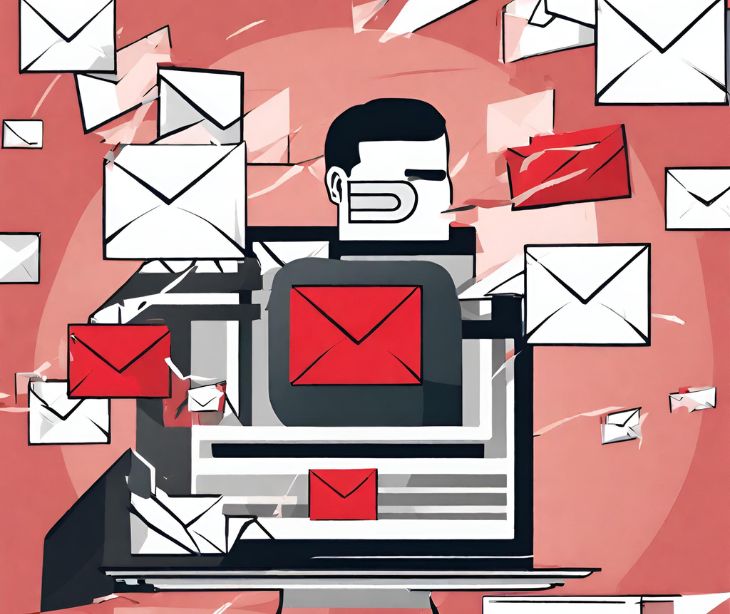
Geofencing, in the context of email, allows organizations to quarantine incoming messages based on the email server's country of origin or the relay point.
This email security solution equips businesses with a powerful defense against phishing attacks, spam, and other malicious activities, particularly those originating from specific regions. As email remains the primary vector for cybercrime, with 90% of data breaches stemming from phishing attacks targeting employees, this tool mitigates associated risks.
Understanding the mechanics of geofencing
The underlying mechanics of geofencing in the email domain rely on analyzing the IP address associated with the incoming email. By examining the IP address, geofencing solutions can determine the geographic location from which the email was sent or relayed, enabling organizations to take appropriate action based on their security policies.
Read also: What is geofencing and when is it effective?
The benefits of geofencing
Geofencing offers benefits for businesses seeking to enhance their email security. Here are some of the advantages of this technology:
Reduced phishing and spam attacks
Geofencing allows organizations to proactively block incoming emails from countries that are hotbeds of phishing and spam activities. Businesses can reduce the risk of falling victim to these malicious threats by quarantining these emails.
Improved compliance and risk mitigation
For organizations operating in highly regulated industries, such as healthcare or finance, geofencing can maintain compliance with industry standards and mitigate the risk of data breaches. By filtering out emails from high-risk regions, businesses can better safeguard sensitive information and avoid costly penalties.
Streamlined email management
Geofencing can help streamline email management by automatically quarantining suspicious messages, allowing security teams to focus on more serious tasks. This increased efficiency can lead to improved productivity and reduced workloads for IT personnel.
Customizable geofencing policies
Geofencing solutions often allow organizations to customize their security policies, enabling them to tailor their approach based on their specific needs and risk profiles. This level of customization allows businesses to strike a balance between security and operational requirements.
Read more: What is a phishing attack?
Implementing geofencing
When implementing geofencing for email security, there are several practical considerations that organizations should keep in mind:
Determining the scope of geofencing
Businesses must carefully evaluate their geographic footprint, business partnerships, and customer base to determine the appropriate scope of their geofencing policies. Overly restrictive policies may impact legitimate business operations, while too lenient policies may leave organizations vulnerable to threats.
Maintaining geofencing policies
Organizations must regularly review and update their geofencing policies as global threats increase to ensure they remain effective. This may involve adding or removing countries based on emerging trends and intelligence from the quarantine list.
Balancing security and operational needs
Implementing geofencing should balance security requirements with operational needs. Organizations must consider the impact of quarantined emails on business continuity and develop strategies to manage and review these messages effectively.
Geofencing in Paubox
Geofencing is a new feature added to the Paubox Inbound Security product in 2022.
You can select which countries to quarantine in the Paubox dashboard.
Customers that included all countries fenced anywhere from 300 to 4000 emails per month. On average, those customers quarantined 28 emails a day!
See also: HIPAA Compliant Email: The Definitive Guide
FAQs
Who can benefit from geofencing for email security?
Businesses and organizations concerned about the risks associated with phishing attacks, spam, and malicious activities originating from specific regions can benefit from geofencing for email security. It provides a powerful tool to enhance email security measures and protect against threats associated with specific geographical locations.
What risks does geofencing for email security help mitigate?
Geofencing for email security helps mitigate risks such as targeted phishing attacks originating from specific countries, region-specific spam campaigns, and other malicious activities that can be geographically localized. Businesses can reduce the impact of such threats by quarantining or filtering emails based on geolocation.
How can geofencing for email security enhance overall email security measures?
Geofencing for email security adds an additional layer of protection by using location-based details to identify and mitigate potential threats. By implementing geofencing rules, businesses can proactively address security concerns associated with specific geographic regions, thereby enhancing overall email security measures.
Subscribe to Paubox Weekly
Every Friday we'll bring you the most important news from Paubox. Our aim is to make you smarter, faster.




